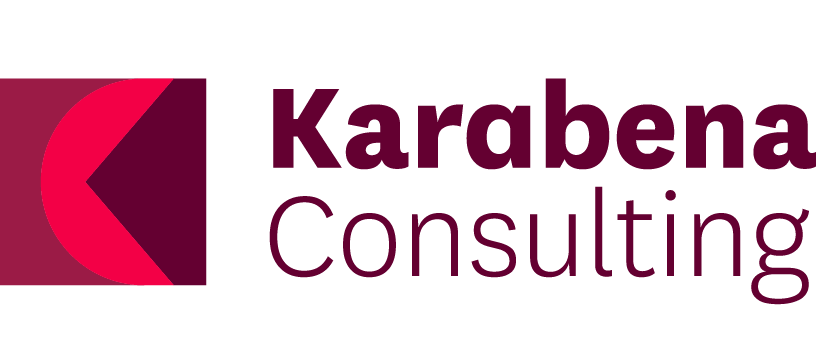Cultural audit of ACEM’s online modules and continuing professional development program
The Australasian College for Emergency Medicine (ACEM)
Who funded the project
Karabena Consulting was engaged to undertake a cultural audit of ACEM’s existing online cultural competency modules and Continuing Professional Development (CPD) cultural competency resources. To conduct the cultural audit, we:
Reviewed ACEM’s existing cultural competency modules and CPD cultural competency resources
Reviewed several case studies of current research activities in emergency departments in Australia
Conducted a swift thematic analysis of the feedback from participants who completed the modules
Held two roundtable discussions
Our audit found the modules were well designed and that the mixed-methods approach used should be continued in the design and development of the next iteration of the modules. Through the report, Karabena delivered recommendations around how the modules may be improved in both content and approach to curriculum design.
Summary
To undertake a cultural audit of ACEM’s existing online cultural competency modules and Continuing Professional Development (CPD) cultural competency resources
Project Aims
To conduct the cultural audit, Karabena Consulting reviewed:
The Indigenous Health and Cultural Competency online modules
The Assessing Cultural Competence modules
The Emergency Medicine Education and Training Program
The list of current ACEM Australian-based accredited cultural competence activities
Several case studies of current research activities in emergency departments in Australia
We also conducted a thematic analysis on the feedback from course participants who completed the modules and facilitated two roundtable discussions with:
Aboriginal professorial holders from major training universities
Aboriginal and Torres Strait Islander peak professional associations and organisations
Aboriginal Hospital Liaison Officers
Cultural safety educators and trainers
Allied health and other professional staff representatives who work in emergency departments.
Methodologies
A report was produced and submitted to ACEM outlining the cultural audit, outcomes from the consultations and key recommendations
Outputs
The modules were rated positively by course participants and most people found the modules clear to understand and helpful. Some areas of improvement that were reported included the need for more:
Female representation
Patient perspectives
Practical examples
LGBTQIA+ representation
Reflections and appearances of First Nations health professionals
Up-to-date information, particularly in relation to Closing the Gap
Some of the key themes that emerged from the roundtable discussions included:
the emerging theoretical considerations that need to be embedded in future lessons including the need to shift from cultural competency to cultural safety to reduce the impact of narratives in which Aboriginal and Torres Strait Islander people are positioned with culturally and linguistically diverse (CALD) peoples
The need to adopt cultural safety definitions and appropriate monitoring frameworks such as the Australian Institute of Health and Welfare’s Cultural safety in health care for Indigenous Australians: monitoring framework
Developing specific course curriculum for the groups involved in the development, delivery and evaluation of cultural education and culturally safe service
Ensuring specific and practical solutions to cultural issues as fundamental inclusions in the education program. There is a need to move from deficit-laden discourses and ‘othering’ narratives to strengths-based and inclusive strategies that can facilitate patients to feel empowered
Emphasising cultural competencies in intake and discharge planning. Cultural course content could support ED staff to be transparent and explicit on why they are gathering information from patients and where it is going.
The modules may be further strengthened through the following approaches to curriculum design:
Allow for people with different learning modalities to engage with course content
Centralise discussions of racism in the cultural competence modules
Broaden the scope of course content
Encourage uptake of external courses focused on culturally safe health service provision in recent Australian contexts
Develop and adhere to a theory of change and theoretical change to underpin the development of a new curriculum
Facilitate a co-design strategy to develop new curricula
Modify the key course content using pragmatic reframing strategies
Project Outcomes
Cultural audit; cultural safety; emergency department; cultural competency modules; ACEM; continuing professional development
